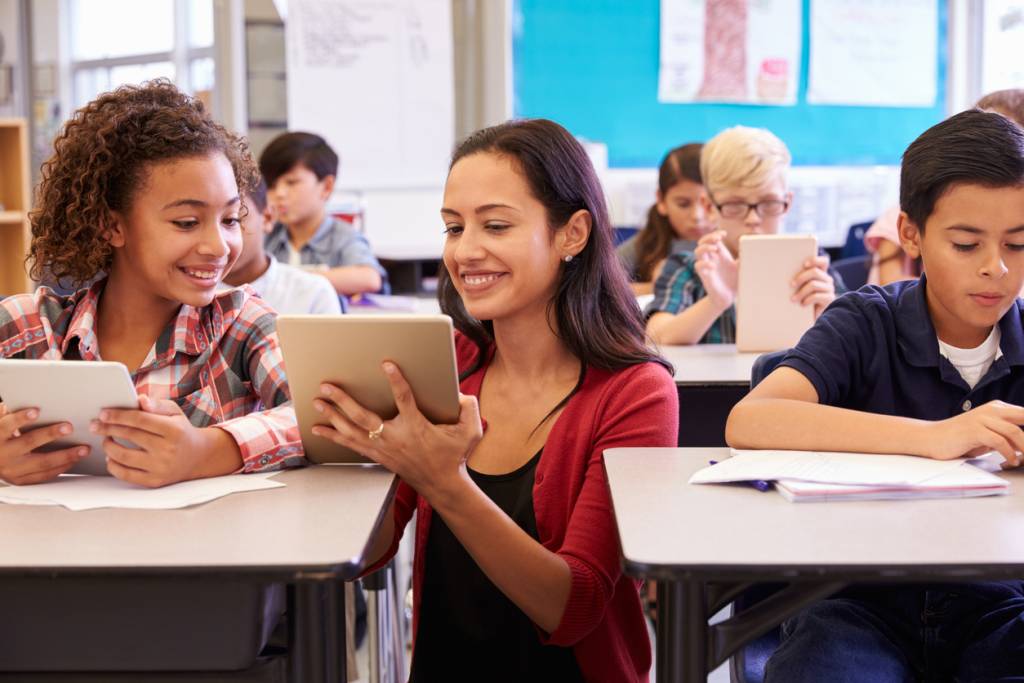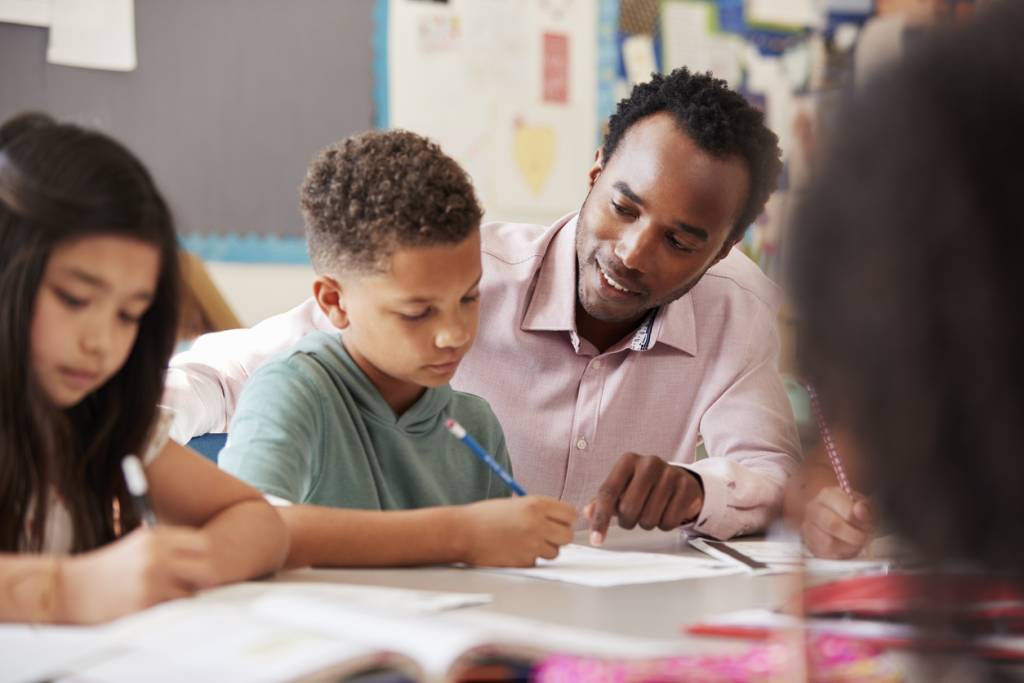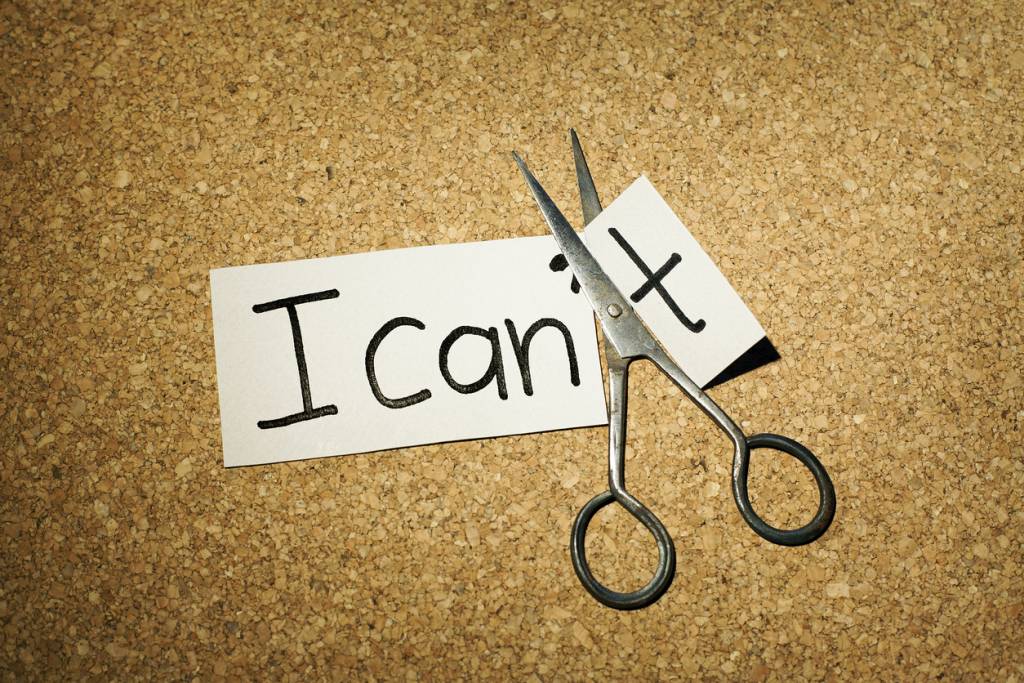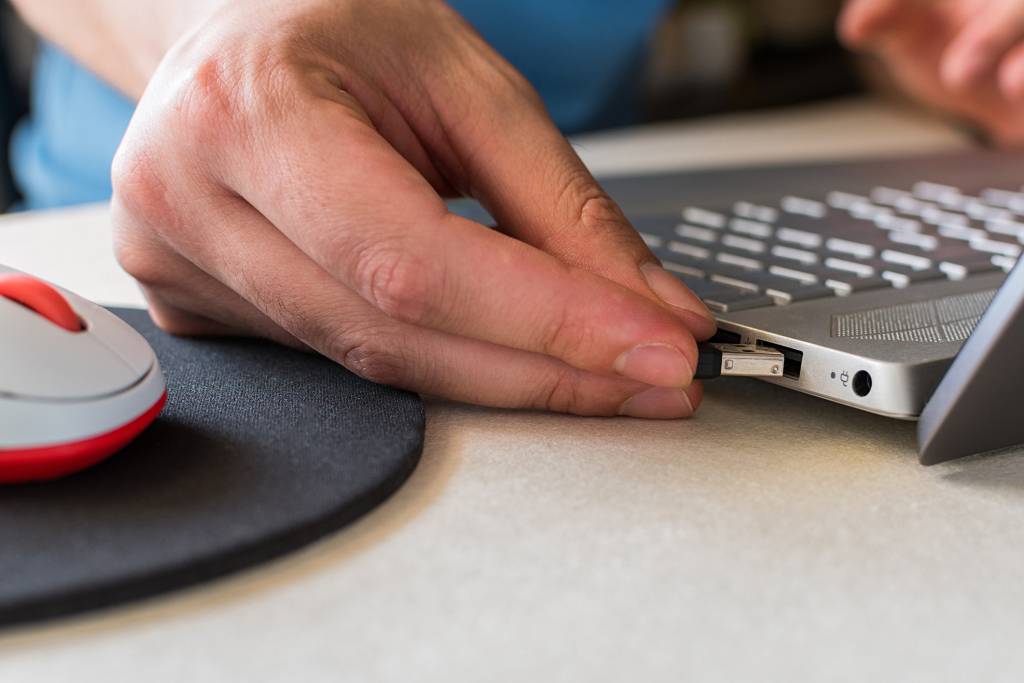
The power of embracing mistakes in the classroom
Why do students fear mistakes?
Popular media is filled with images of learning: students eagerly raising their hands, an A+ on a test paper, a smiling teacher when someone gives the right answer. It’s easy to think of education and learning as just another word for “correct.” But being correct isn’t always the best way to learn at school; making mistakes is integral to learning.
It is understandable why some students struggle with the desire for perfection and hold a deep dislike of making mistakes. Let’s face it, making a mistake generally doesn’t feel great. Many students view mistakes as a source of stress, shame, or even embarrassment – but that shouldn’t be the case. Mistakes are a natural part of learning. And while nobody enjoys making mistakes, especially in front of others, it’s beneficial for schools, educators, and students to normalize them and remove the stigma around ‘’getting it wrong”.
Historically, making mistakes has had a negative association with qualities like weakness and unintelligence. According to NLP (Neuro-Linguistic Programming), our brains are designed to concentrate 80% on avoiding pain and 20% on going toward pleasure. It makes sense then that we naturally try to avoid mistakes to also avoid the ‘pain’ of the consequences.
However, new knowledge has emerged that points towards mistakes as a useful tool for growth. As a result, the term “useful failure” is becoming more popular in today’s classrooms. Educators are more aware that failure is not a bad thing and that it is a guaranteed part of learning. This awareness has been adopted through an update in how teachers are being trained (Edutopia, 2021).

The benefits of making mistakes
John Dewey, an educational reformer, put it best when he said, “Failure is instructive. The person who really thinks learns quite as much from his failures as from his successes.”
Here are just a few of the benefits that making mistakes in the classroom can have:
1. Students learn from their mistakes
Making mistakes is an important learning opportunity. Learning is enhanced by error, whether it involves doing homework, making friends, or participating in sports. Students learn persistence when developing new skills, along with how to build resiliency to failure when they make mistakes and correct them.
Children are better able to “own up to” and learn from their mistakes when teachers have a positive and welcoming attitude toward them. This involves building a supportive environment where students are inspired to try – even if they turn out to be wrong.
2. Experiencing failure makes success sweeter
If a child wins every single basketball game or aces every class test, then success is the expectation. That ongoing success loses its meaning, and as a result, the intensity of the reward is weakened. However, when a student experiences failure every now and then, that feeling of success that follows hard work and determination is even more rewarding – plus, it prepares them for the ups and downs of real life.
3. Develops responsibility and independence
Independence is a core part of development, and making mistakes is a necessary aspect of learning, developing, and becoming independent.
Children learn from their mistakes when they experience the consequence of their actions. For example, if a student fails a test because they didn’t study for it, they can learn from it and choose to be more prepared the next time. Having a sense of responsibility is an integral part of a child’s growth – and having the opportunity to make mistakes enables personal growth.
4. Helps students to become better problem-solvers and critical thinkers
Allowing students to make mistakes is an effective way to improve their problem-solving and critical thinking skills. When they are wrong, they have to try and think of another answer or solution that will rectify this mistake.
By developing this skill, students can also improve their ability for analysis, memorization, and critical discussion – all of which are essential in further education and the world of work.
Students cannot develop into critical thinkers if they regularly freeze out of the fear of making a mistake.
Colin Seale, Cult of Pedagogy
How a ‘growth mindset’ can help students embrace mistakes in the classroom
One of the most difficult yet least obvious of the various challenges that educators face is student mindset. A student’s mindset refers to the way that they handle success and failure in the classroom and how they view their own learning potential.
Teaching children to understand, retain, and apply new information is difficult in any context. However, the task becomes considerably more difficult when students doubt their ability to learn.
Is it possible to learn more simply by believing you have the potential to do so? According to research, the answer is yes (School of Education, 2022).

What is the growth mindset?
The theory of growth mindset holds the belief that people can be grouped based on their opinions about their abilities. Students that have a growth mindset believe that hard work, persistence, and practice can lead to changes in their abilities. They see mistakes as ways to learn and grow.
On the other hand, students who have a fixed mindset tend to believe their talent and intelligence are fixed, inborn qualities that don’t change. These types of students tend to get more upset by their mistakes.
Recently, researchers looked at how 10th-grade students in Chile performed in relation to their mindsets on a national achievement test. Students with a fixed mindset were four times more likely to receive a test score in the bottom 20%, whereas students with a growth mindset were three times more likely to receive a score in the top 20%.

How to foster a growth mindset in the classroom
If teachers want their students to embrace mistakes instead of fearing them, then it’s important that they begin to shift from a fixed to a growth mindset.
Here are a few ways to foster a growth mindset in the classroom:
1. Embrace imperfections
Encourage pupils to see their errors as necessary steps in their learning journey. Reiterate the idea that no one has ever learned something new without experiencing failure along the way.
2. Set an example
If the teacher doesn’t have a growth mindset, then it will be much harder for the student to develop one. So, it’s important for teachers to let their students see their growth mindset in action.
This can be done by normalizing struggle and letting the students know when you might have found something challenging in the past and how you overcame it or learned from your mistakes.
3. Language flip
The use of the word “yet” can turn negative phrases into ones that encourage development. For example, adding the word “yet” to the sentence “I can’t do long division” reverses the negative connotation and makes students more open to growth.
Let students share their work with Montage
Made for the classroom, Montage is a wireless screen sharing tool that lets you share your content to the main display. Whether it’s a video, presentation, document, or webpage – Montage makes it easy for teachers and students to wirelessly screen their share from any device.
Montage’s Grid View is designed to allow you to view up to four students’ screens at the same time. As a teacher, this allows you to share and compare different students’ answers at the same time. This is a great way to encourage students to learn from one another and normalizes students sharing their answers with the class.
Take a look at Grid View in action below.
Discover better wireless screen sharing for the classroom
Try Montage for yourself
Want to stay in the loop?
Keep up-to-date with everything DisplayNote – including new releases, job openings, and customer giveaways.
Don’t worry, we’ll not spam you and we’ll never share your email with anyone










